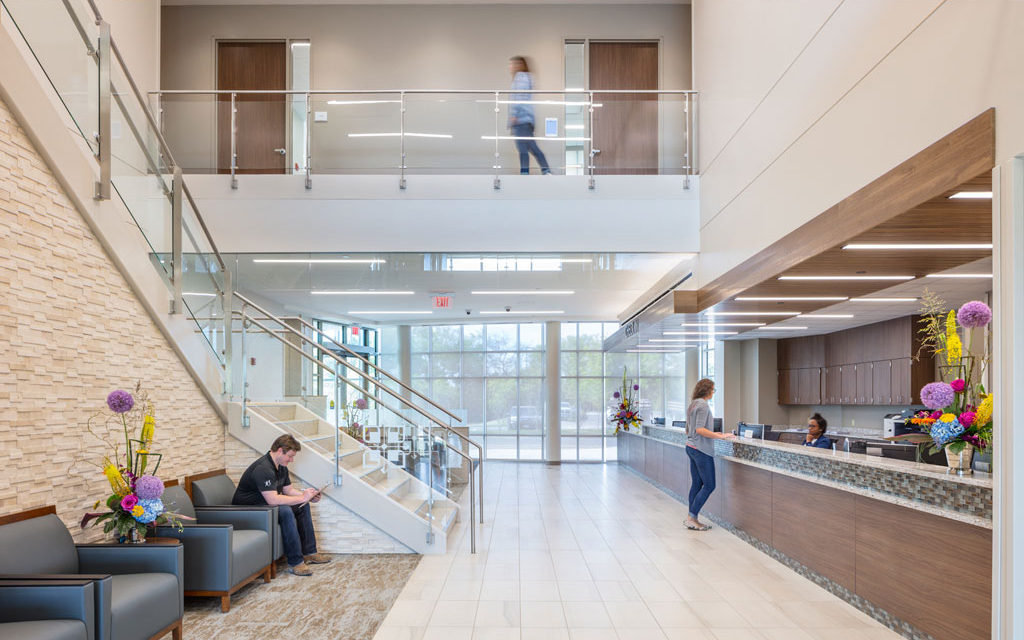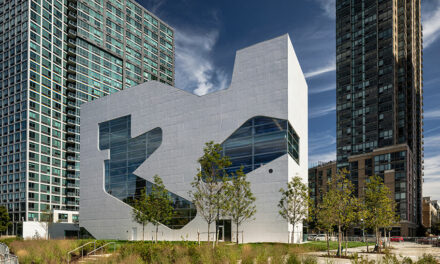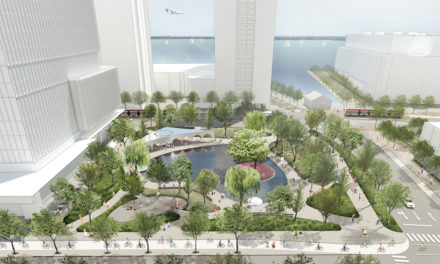The Case for Sustainability
To say a lot has changed in the healthcare design industry since I started in the early-to-mid-1990s would be an understatement. I cut my teeth on projects where we were unwelcome on the nursing floor. We were given sideways glances, questioning stares and received comments implying our work was a waste of money; money that should be applied elsewhere. Like all other healthcare interior designers, our team put our heads down and created well thought out, warm, nurturing spaces. Eventually, the results slowly turned the attitudes of the hospital staff. Now when we are on patient floors to perform site evaluations, we are greeted with quiet claps and smiles. We find ourselves answering questions like “Is our department next?”, “Is our space being renovated?” and “How soon will it happen?”
There was a paradigm shift in the hearts and minds of the caregiver and end users as it related to the benefits of good design. For years they experienced poorly lighted spaces, dull and lifeless colors, furniture that didn’t respond to how a body moves, and a flow that required them to take an extra 25 steps to complete a task. Once the proverbial curtains were opened and natural light filled the spaces, several things happened: interior colors pulled positively on the occupants’ psyche, work flow became more efficient, the patients, families and caregivers were happier and the importance of design was finally realized.
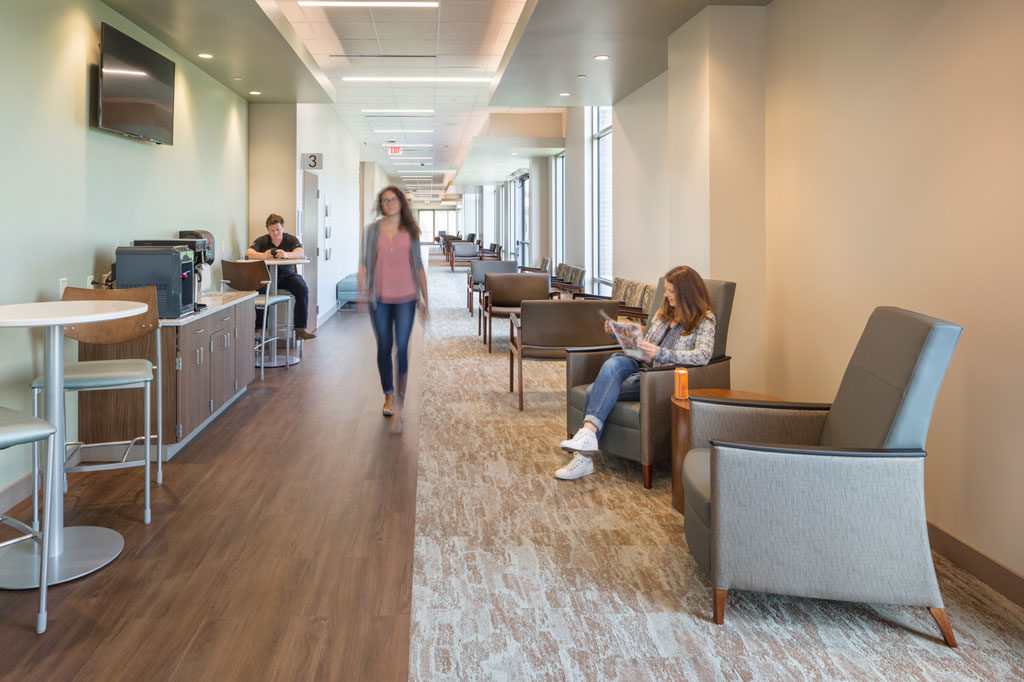
Photo courtesy of Hoefer Wysocki
The Current State of Sustainability in Healthcare
This same paradigm shift towards sustainability is on a similar track as it relates to healthcare. In the world of sustainability, healthcare is moving at a slower pace than other project sectors. The primary factor in this lag is the complexity of the building type. Unique challenges await the sustainable designer. Heightened energy consumption for life-sustaining and diagnostic equipment, infection control, immense waste production (both regular and biohazard) and water usage are challenges. The number of LEED healthcare projects globally is roughly 371. Compare that to the 79,000 participating LEED projects listed by the U.S. Green Building Council (USGBC), and one can easily see the imbalance. We have experienced this trend with our own clients. Knowing the impediments to meeting the various rating systems, even sustainably-minded clients hesitate. They understand the effects of good design, but want to be certain their money is being invested properly. Therefore, we and our consultants often design to a sustainable standard but stop short of certification.
For healthcare, the top three initiatives being pursued are LEED, Guiding Principles, and the WELL Building Standard. Hoefer Wysocki has three certified LEED Healthcare Certified (HC) projects underway and four in the process of being certified. Despite LEED being a majority of our work to date, we have noticed a shift in the industry from this rating system. Due to our emphasis on government healthcare projects, we find ourselves moving toward Guiding Principles. Guiding Principles relates to and references the Unified Facilities Criteria (UFC), which guides the design of our government work. This rating system only applies to government buildings. Although important for those design firms in this line of work, it is not necessary for other market sectors. The third initiative, and in our opinion the future standard for sustainable healthcare design guidelines, is the WELL Building Standard. Although WELL is relatively new to the industry (launched in 2014), it is rapidly gaining acclaim and a following from designers and medical professionals alike.
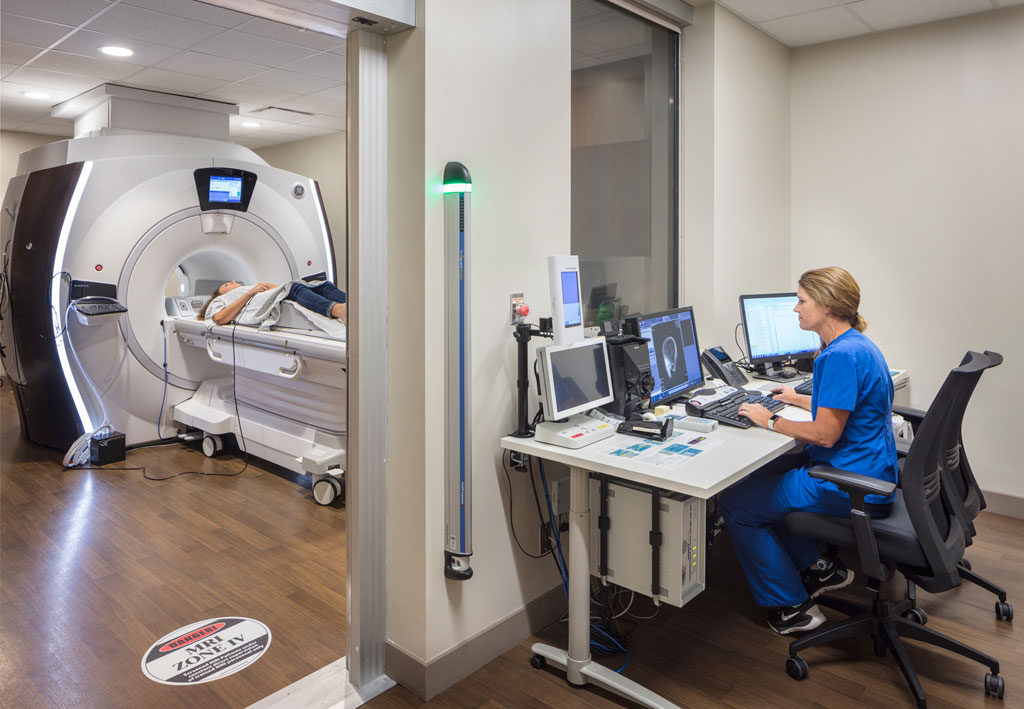
Photo courtesy of Hoefer Wysocki
WELL is an evidence-based standard certified through the Green Building Certification Institute (GBCI). Unlike its predecessors, WELL shifts the emphasis from systems to the health and well-being of the occupants themselves and how they interact with the environment. Performance requirements are based on seven concepts grounded in basic human needs: air, water, nourishment, light, fitness, comfort and mind. Each credit in the rating system is founded upon the improvement of system within the human body instead of a system within the building. The focus is on how the design effects the end user and less on design benchmarks. As a result, the occupants of WELL buildings are healthier and happier. This positive result is the overarching goal of the modern healthcare industry. Due to the newness of this rating system, there are currently only two healthcare projects certified under WELL. One being the notable Cleveland Clinic at their Center for Functional Medicine and the Carlington Community Health Hub in Ottawa, Ontario. We believe the case studies from these projects and others in the near future will turn heads, just as thoughtful design did years ago.
Sustainable Products
When designing for healthcare, there is a delicate balance between sustainability and performance. It is critical for products to perform to the rigors of 24/7 use and stand up to harsh cleaning practices. Thankfully, manufacturers have risen to the challenge. There have been leaps and bounds made in the technologies used to produce these green, yet resilient products. We have paints, fibers, and surfaces with inherent antimicrobial properties. We have fibers that don’t react to bleach, sun or moisture. We have almost bulletproof floor wear layers that no longer require the top coatings to be stripped and reapplied multiple times throughout the year. We have manufacturers that reclaim their used products on renovation construction sites and repurpose them into eco-friendly backings for their new flooring. Designers’ choices for sustainable building materials are no longer limited.
The costs of green interior finishes used to price themselves out of the market for a typical healthcare project. Now competition, lessons learned in production, and overall accessibility of recyclable materials has reduced the cost of these products considerably. Hospitals have also adapted by understanding the ROI on products with a higher initial cost. The LED light fixture and low maintenance flooring are great examples of this. LEDs have lower energy costs and longer life. Low maintenance flooring uses less water, creates less waste and requires less chemicals to clean. Sustainable products help the bottom line and the environment simultaneously.
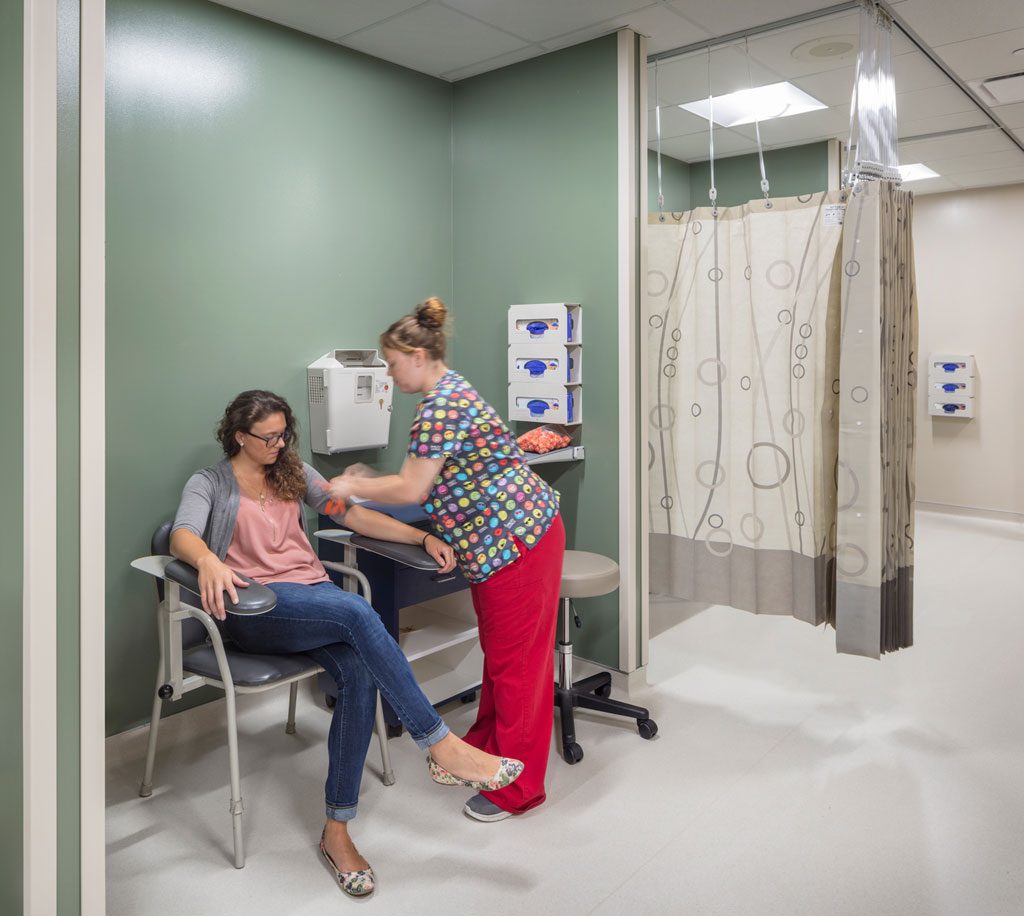
Photo courtesy of Hoefer Wysocki
As designers, we are fortunate to work in an industry that is committed to sustainability and passionate about producing goods that meet or exceed guidelines. Therefore, the designated “green product shelf” of past design libraries has grown to encompass the entire design library. It is hard to find an interior product or manufacturer that doesn’t have a sustainability initiative. Most products have sustainable information for each product listed on their website, such as a list of certificate standards, recycled content, red list disclaimers, post-installation recycling and the manufacturer’s story of their commitment to sustainability. Designers have a world of information at their fingertips when researching product information online. More importantly, with all this information available to designers, making sustainable choices is a simple, rewarding and forward-thinking task.
About the author
 Jennifer Bahan
Jennifer Bahan
Senior Associate, Director of Healthcare Interior Design at Hoefer Wysocki
Jennifer Bahan, Senior Associate, Director of Healthcare Interior Design, leads Hoefer Wysocki’s Kansas City healthcare interior design team, and works with clients to create environments that promote healing while also ensuring the client’s safety, durability, sustainability and operational objectives are met. She is passionate about mentoring young interior design professionals and is active in the International Interior Design Association (IIDA). She recently completed a term of service on a local school board.
About Hoefer Wysocki
Founded in 1996, Hoefer Wysocki is an interdisciplinary architecture, planning, and interior design firm known for collaborating with clients to create performance-driven solutions. From offices in Kansas City and Dallas, the firm’s design studios work with clients in healthcare, higher education, government and commercial sectors on projects across the U.S. For more information, please visit: www.hoeferwysocki.com.

